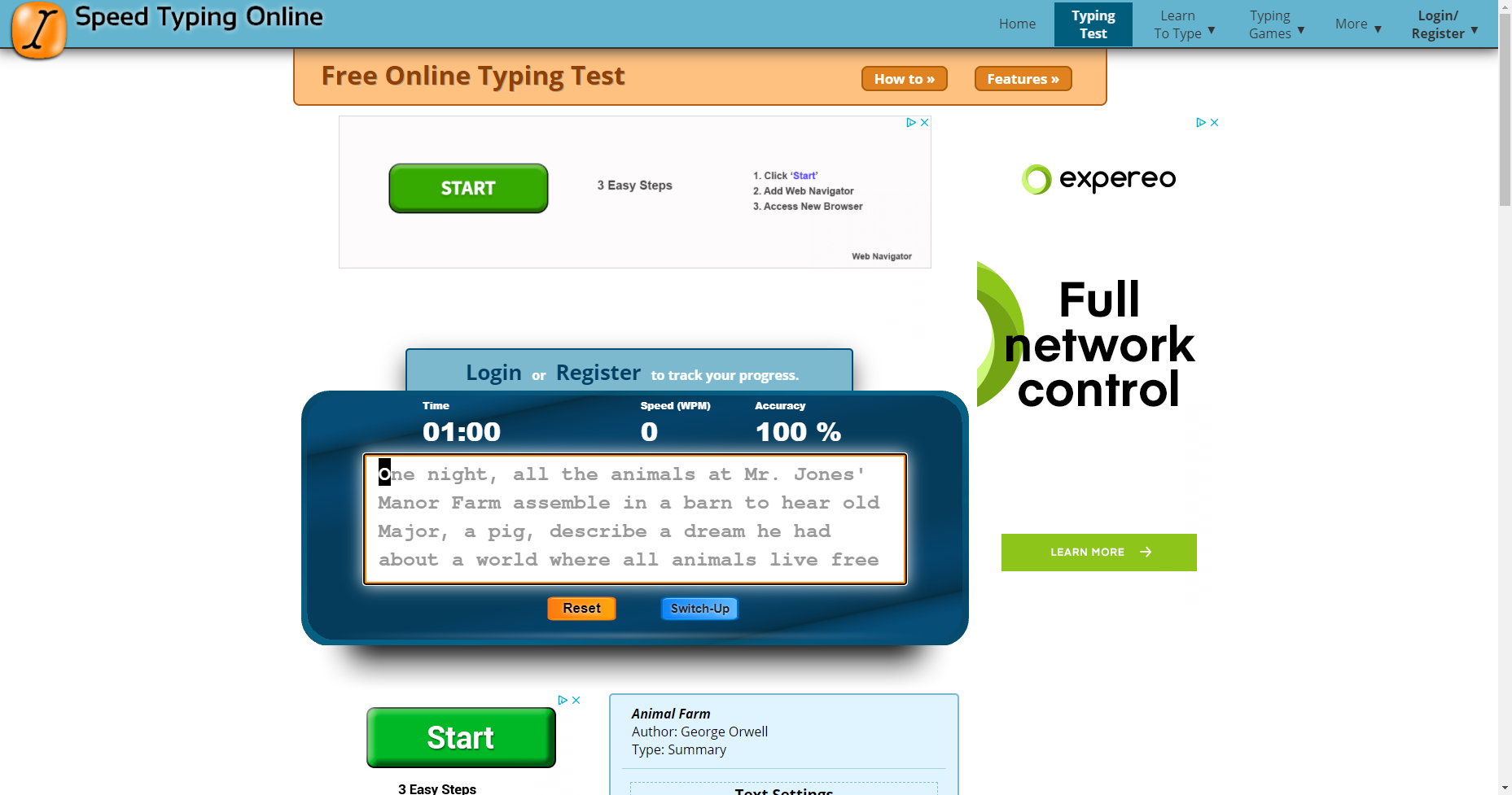The Importance of Typing Speed
Typing speed plays a critical role in today’s fast-paced digital world. Whether you’re a student, professional, or simply someone who uses the computer regularly, your ability to type quickly and accurately can significantly impact your productivity. Many jobs, especially in administrative, technical, and creative fields, require excellent typing skills. Beyond the workplace, typing efficiently makes daily tasks like writing emails, chatting online, and conducting research smoother and faster.
Improving typing speed doesn’t just save time; it can also reduce mental fatigue. When typing becomes second nature, it frees up cognitive resources for more complex tasks, allowing you to think ahead while your fingers effortlessly glide across the keyboard. In contrast, slower typing can disrupt your workflow, lead to mistakes, and cause frustration. As technology continues to dominate our personal and professional lives, increasing your typing speed becomes an essential skill to enhance overall efficiency.
Techniques to Improve Typing Speed
To improve typing speed, it’s important to adopt proper techniques that optimize accuracy and speed. The first step is to learn touch typing—a method where you rely on muscle memory rather than looking at the keyboard. With touch typing, your fingers learn the home row keys (ASDF for the left hand and JKL; for the right hand) and naturally navigate from there. This method allows you to type without visual assistance, speeding up the process and reducing errors.
Regular practice is another key factor in improving typing speed. Websites and applications like TypingClub, Keybr, and Nitro Type offer engaging ways to practice typing with different difficulty levels and progress tracking. By practicing daily and increasing the complexity of your typing exercises, you can gradually enhance both speed and precision. Additionally, correcting bad typing habits, such as excessive reliance on the backspace key or using only two fingers, can lead to a noticeable improvement.
The Role of Ergonomics in Typing
Ergonomics, or the science of designing a workspace to fit the user’s needs, plays a significant role in typing speed and comfort. A proper ergonomic setup helps prevent strain, which can lead to issues such as repetitive strain injuries (RSIs) like carpal tunnel syndrome. Sitting at a comfortable desk with your feet flat on the floor, wrists positioned slightly above the keyboard, and back supported promotes good posture and minimizes fatigue during extended typing sessions.
In addition to adjusting your seating and desk position, consider using ergonomic tools like a split keyboard or wrist rest to further enhance comfort. These tools can reduce the strain on your hands and wrists, making it easier to type for longer periods without discomfort. By maintaining an ergonomic setup, you not only improve your typing speed but also prevent potential long-term health issues.
Tracking Progress and Setting Goals
One of the most effective ways to improve typing speed is by setting measurable goals and tracking your progress over time. Begin by determining your current words-per-minute (WPM) rate using online typing tests. Once you have a baseline, set achievable targets to gradually increase your speed. For instance, aim to improve by five WPM over the next few weeks and continue pushing your limits as you become more comfortable with the keyboard.
Tracking your progress allows you to identify patterns and areas that need improvement. You may notice that certain letters or symbols slow you down, or that you struggle with accuracy when typing rapidly. By focusing on these weak points, you can adjust your practice routines accordingly, making your training more effective. As you achieve each goal, you’ll build confidence in your abilities, further motivating you to continue improving your typing speed.
Conclusion
Mastering typing speed is an essential skill in today’s digital age. It enhances productivity, reduces cognitive load, and improves overall efficiency in personal and professional tasks. By focusing on touch typing techniques, maintaining a proper ergonomic setup, and setting measurable goals, anyone can significantly improve their typing speed over time. Whether you’re typing emails or working on long reports, a faster typing speed will enable you to accomplish tasks more efficiently, making it a valuable asset in the modern world.type speed


